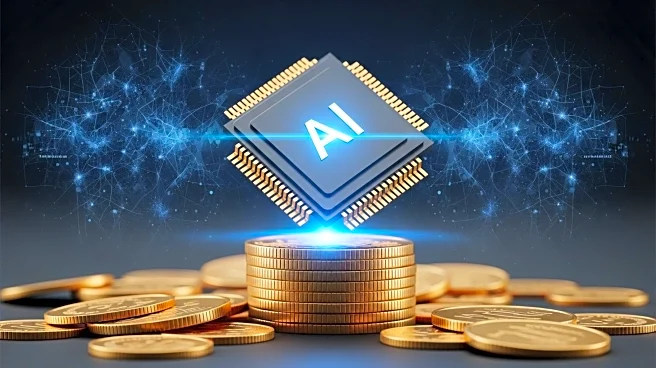What's Happening?
The current surge in AI investments is drawing parallels to the dot-com bubble of the late 1990s. AI companies are attracting massive valuations based on potential rather than profitability, reminiscent of the internet companies two decades ago. In 2024, global corporate AI investment reached $252.3 billion, with major tech firms like Amazon, Google, Meta, and Microsoft pledging record amounts for AI infrastructure. Despite the transformative potential of AI, experts warn that the sector may be overvalued, with many companies struggling to justify their high valuations through actual business results.
Why It's Important?
The AI sector's rapid growth and high valuations could lead to a market correction similar to the dot-com crash. If AI companies fail to deliver on their promises, investors may reassess their valuations, leading to a potential bubble burst. The implications for the tech industry are significant, as a downturn could impact innovation, employment, and investment in AI technologies. Stakeholders must carefully evaluate the sustainability of AI investments and ensure that companies have viable business models to support their valuations.
What's Next?
Investors and analysts will likely scrutinize AI companies more closely, assessing their revenue streams and business models. Companies may need to demonstrate tangible results and profitability to maintain investor confidence. The tech industry could see increased consolidation as firms with unsustainable valuations struggle to survive. Policymakers may also consider regulatory measures to prevent market monopolization and ensure fair competition in the AI sector.
Beyond the Headlines
The potential AI bubble raises ethical and economic questions about the role of technology in society. As AI becomes more integrated into daily life, stakeholders must address issues of data privacy, competition, and the societal impact of AI-driven innovations. The lessons from the dot-com era highlight the importance of responsible investment and the need for a balanced approach to technological advancement.











